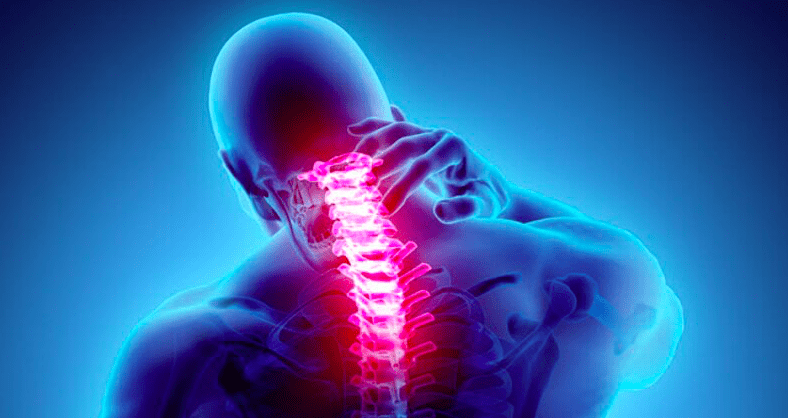- November 21, 2020
- Posted by: Daniel Ryan
- Categories: Low Back Pain, Move Physiotherapy, Neck Pain, physio

What Is Pain?
As a physiotherapist, my profession often relates to treating patients in order to improve their pain. As a patient, you usually seek help from a physiotherapist when your pain has persisted long enough or is severe enough that it begins to affect your function and daily life. Therefore, the role of both a physiotherapist and that of a patient revolves around pain! But what is pain, and what actually causes pain?
Pain is a protective response initiated by the brain and nervous system in response to the perception of damage or potential damage. Pain can occur in the presence or absence of actual tissue damage, which means that pain does not equal damage. Rather, pain is a warning signal sent down from the brain when it detects a situation in the body that may be potentially harmful.
In the presence of actual tissue damage, such as a broken bone or a sprained ankle, this response is truly protective and therefore is considered an adaptive or helpful reaction. However, in the absence of actual tissues damage, this response can be mal-adaptive and unhelpful, which can contribute to or even drive your pain experience.
To better understand these pain responses, here are a few examples:
If you were to accidentally touch the hot stove with your hand, your nerves would send sensory information indicating and increase in temperature to your brain. The brain would then process this information and will decide that the sensory information indicates a harmful situation. The brain will then send down pain signals to the hand, and elicit the reflex response to move the hand away from the hot surface. The pain then acts as a protective mechanism, whereby further pain will occur if the burn is subjected to warmer temperatures, such as the hot stove, or even just warm water. This is to prevent the burn from being subjected to anything that could potentially cause further damage or harm to the affected area. The pain also serves as a protector for the future, where the memory of the pain in this situation prevents you from touching a hot stove again. This is an example of an adaptive or helpful pain response to actual tissue damage.
However, if you suddenly lifted a heavy box of books, which is a heavy load that you are unaccustomed to, the joints and muscles in your back may send sensory signals regarding muscle length, stretch, or joint compression to the brain. The brain may decide this movement could be potentially harmful as it suddenly receives information regarding an unaccustomed task. The brain will then produce a painful sensation in the back as a protective response. The muscles in the affected area may go into spasm or tighten up in order to reduce the amount of movement that can occur in the back. As this occurred in the absence of actual tissue damage, the response becomes unhelpful, encouraging a lack of movement. This results in the muscles remaining tight and becoming drivers of pain as they are a source of pain themselves and can also add compressive and tensile forces to their attachments to the spine. This secondary cause of pain is an example of a mal-adaptive or unhelpful pain response in the absence of tissue damage.
Here is where a physiotherapist can help! A physiotherapist can perform an assessment and determine if you are presenting with a helpful or unhelpful pain response. A physiotherapist can then use this information to direct their treatment and provide you with correct advice regarding your pain.
Please stay tuned for part two of this pain series where we will explore other potential contributing factors to you pain such as stress, sleep and beliefs.
Danelle Terry
Physiotherapist
